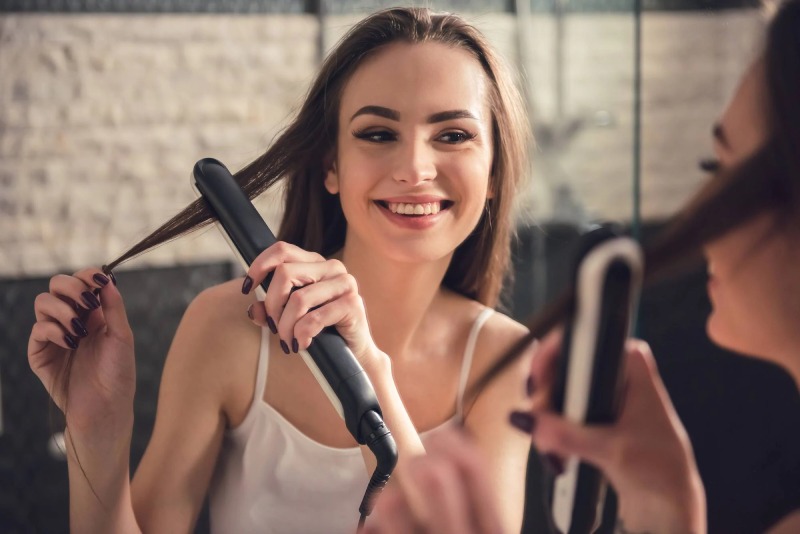A woman’s falling hair
On a daily basis, we all need to take care of our hair. To begin with, untidy, unkempt hair may create an uneasy visual impression. Shampooing and caring for your hair on a regular basis is necessary but insufficient. To improve the health of your tresses, you must maintain a balance with a healthy diet. You cannot grow long, healthy, and beautiful hair without proper monitoring. If you’re in your 30s and experiencing hair loss, you should look into some of the common causes. This article will teach you the value of having a good hair-care routine.
Hormone imbalance
Hormonal changes can affect hair growth whether you’ve just had a baby or stopped taking a birth control pill. When your oestrogen levels are higher, your hair becomes thicker and fuller. Hair thinning occurs when oestrogen levels fall. Fortunately, your hair loss should stop once your body adjusts to your new oestrogen levels. Progesterone can aggravate or cause hair loss, whereas oestrogen promotes hair growth.
Women who suffer from medical conditions that cause hormonal imbalances are more likely to experience hair loss. Congenital adrenal hyperplasia, polycystic ovarian syndrome (PCOS), and hypothyroidism are some examples.
Immune disorders
In women, an autoimmune disorder is less likely to cause hair loss or thinning hair. This means that the body’s immune system is attacking the hair, resulting in hair loss. Alopecia areata and systemic lupus erythematosus are autoimmune disorders that can impair hair development in young women.
Heat-styling

We frequently pay the price for our actions when we were younger as we get older. This could refer to all of the agonising hairstyles we endured in our twenties and thirties. Relaxants and hot combs cause inflammation. Tight ponytails, weaves, and braids compress the hair roots. These procedures cause damage to the hair follicles, which can lead to scarring and eventual hair loss. The first sign of styling-related harm could be hair loss or thinning at the top of the scalp. Therefore, for a positive change-
- Braids near the hairline should be relaxed.
- Try infrequent use of chemical or heat relaxers and hair extensions.
- Experiment with different hairstyles instead of a tight bun.
- Use blow-dryers and hot irons on low heat settings.
- Taking a break from styling the hair.
Try implementing some of these preventative steps if you frequently style your hair to maintain it healthier and stronger.







